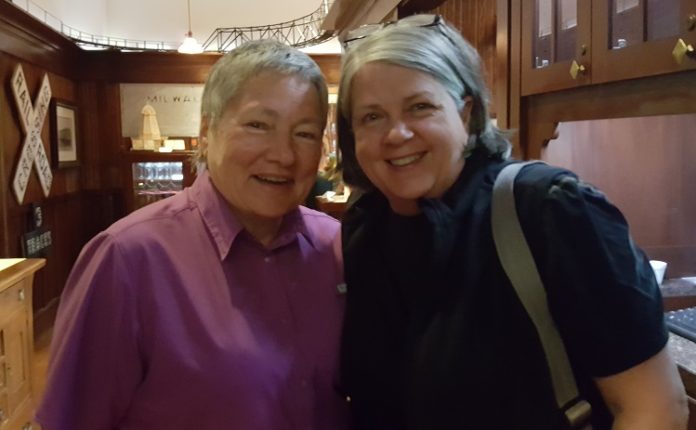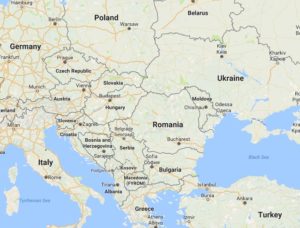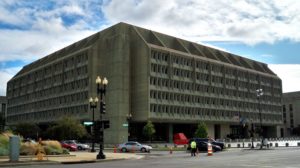
 Two sisters with central Iowa roots — Betsy Peterson of Perry and Jill Clark of Bucharest, Romania — met last week for their every-three-years reunion.
Two sisters with central Iowa roots — Betsy Peterson of Perry and Jill Clark of Bucharest, Romania — met last week for their every-three-years reunion.
The girls grew up in the Des Moines area as the Mabel sisters, with their parents and three other siblings. A mainstay of the Perry art world, Peterson stayed in central Iowa, married and raised a family, but her sister traveled farther afield.
Clark and her husband, Tom Clark, have lived in Romania for 17 years. They work as missionaries, Jill as a women’s life coach and Tom as a translator. Their two sons grew up in Romania but returned to Iowa to attend college and now have families of their own in the Des Moines metro area.
“Romania is a beautiful country,” Jill Clark said Wednesday, “and also a strange country. The influence of the Soviet era is still very visible, and the global economic recession hurt many people.”
Betsy Peterson, a missionary of sorts herself, ministering to the spirit of art in Perry, said she has visited her sister in Bucharest twice. She said the hand of the Romanian dictator Nicolae Ceaușescu, who ruled the country from 1965 to 1989, has left a deep impression on the city, particularly in the Brutalist architecture.

“You can still see the remnants of Ceaușescu,” Peterson said. “You can see where he just knocked down neighborhoods and put up maybe a group of 10 cement, 12-story-high apartment buildings in groups, and there’s maybe 200 of those groups in the whole city scattered around. It’s just sad.”
Ceaușescu also built massive public buildings in the city center.
“He was trying to shape the society and culture,” Peterson said. “It’s huge, huge, huge. He leveled ordinary people — neighborhoods and grocery stores and churches — just to build all that, and it’s beautiful, but I just see his brutalizing.”
From the ends of the world to your town for only $5-per-month! ThePerryNews.com!

















